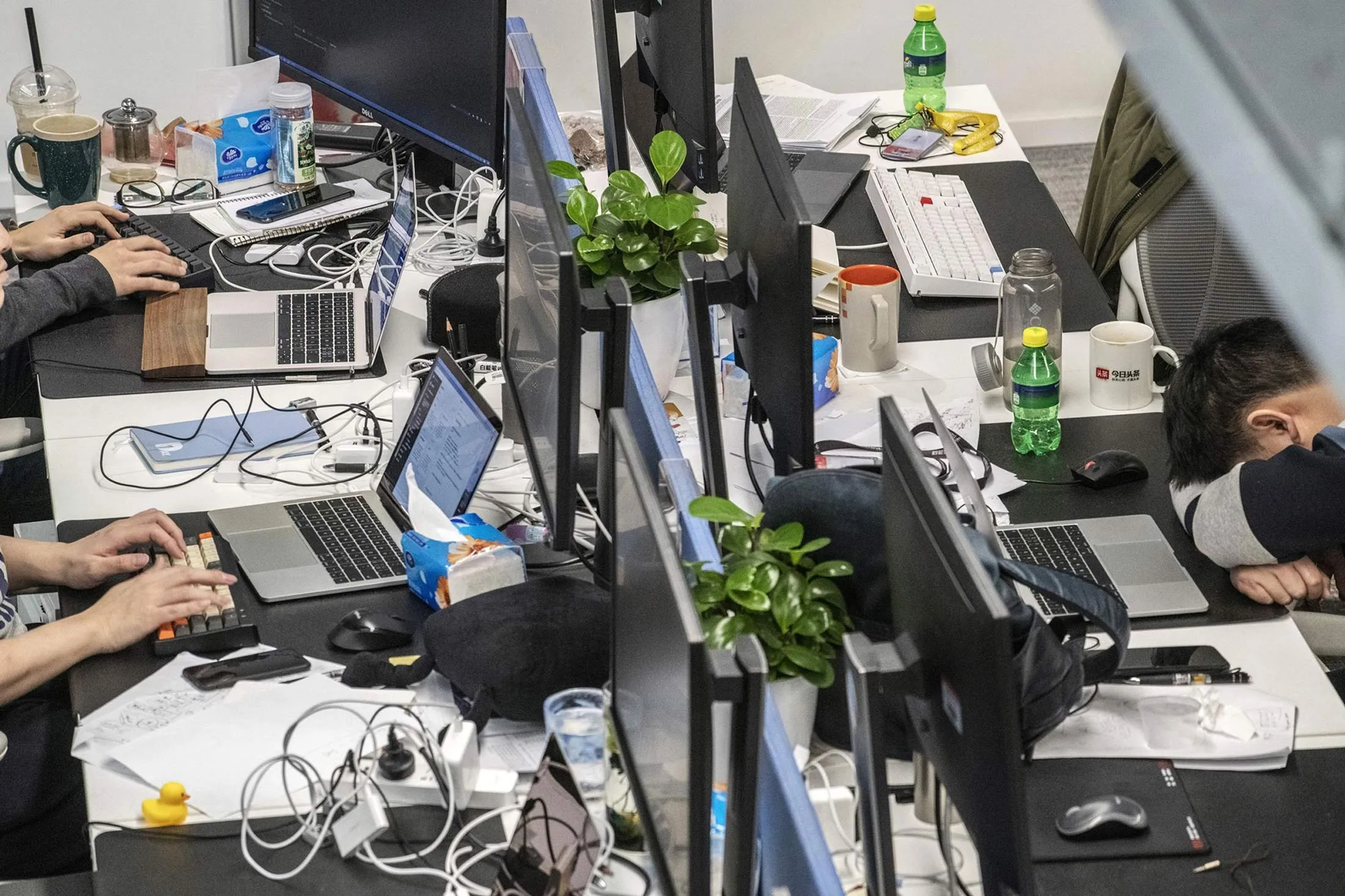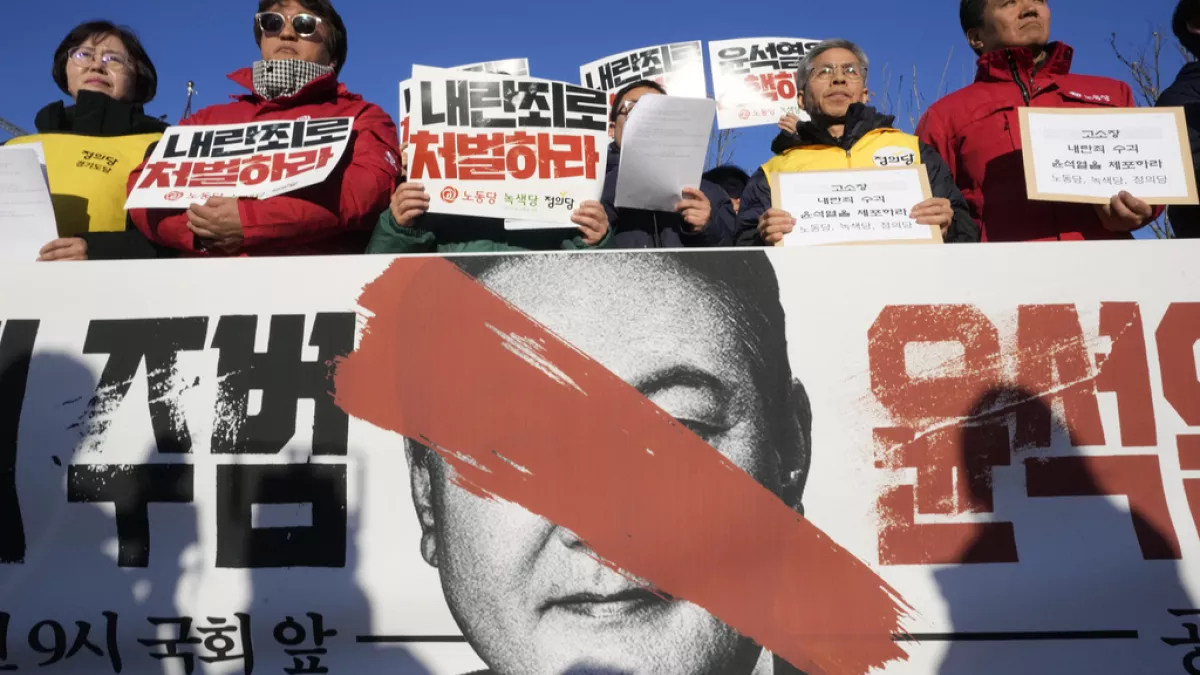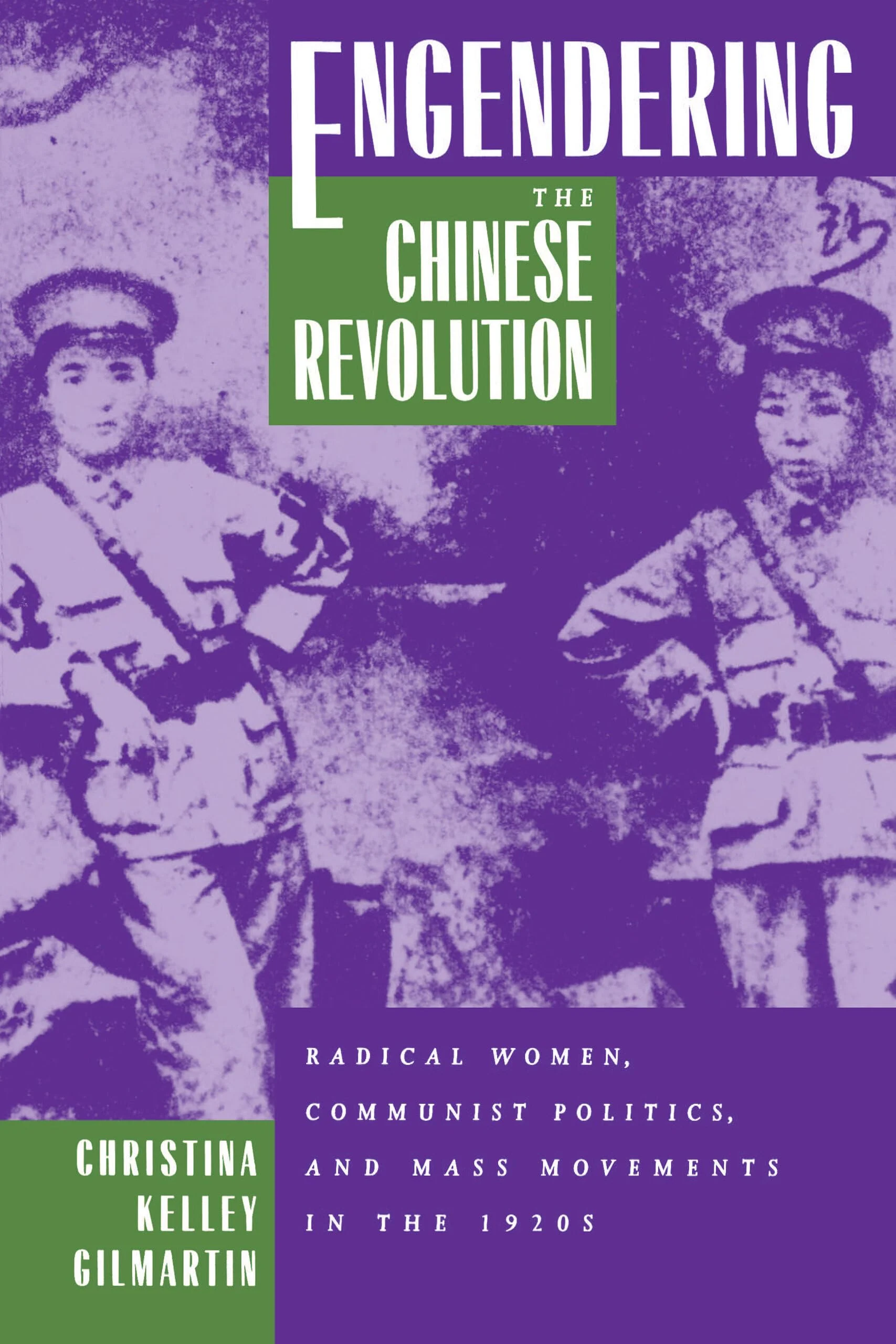In China’s rapidly evolving economy, the “996” work culture—working from 9 a.m. to 9 p.m., six days a week—has emerged as a symbol of dedication and economic drive.[1] Once regarded as a badge of honor, especially in tech industries, this grueling schedule has now become a lightning rod for criticism and public outcry.[2] While “996” might yield short-term economic gains, its long-term consequences—burnout, declining morale, and stifled creativity—pose significant risks to both individual workers and the broader economy. The recent public backlash underscores mounting dissatisfaction and the urgent need for reform.[3] The following essay first examines divers of “996” and its impacts on workers and society and subsequently explores policy responses, public resistance, and reform strategies to foster a healthier work culture.
The Economic and Managerial Roots of “996”
The rise of the “996” culture in China can be traced to economic pressures and corporate strategies. Companies, especially those from the fiercely competitive tech sector, frequently adopt this model to maximize output and accelerate innovation.[4] Tech giants like Alibaba and Huawei have championed “996” to achieve rapid growth and gain a competitive edge. Jack Ma, co-founder of Alibaba, famously referred to “996” as a “blessing,” emphasizing that extraordinary success demands extraordinary effort.[5] This mindset is deeply ingrained in corporate rhetoric, framing overtime as a virtue rather than a burden.
“996” is reinforced by corporate management through performance-based incentives and cultural messaging that glorify sacrifice.[6] Corporate leaders often use cultural narratives to align employees’ personal goals with corporate objectives, fostering a sense of obligation to work overtime. These cultural narratives and mechanisms for control are often subtle, such as performance-based rewards and internalized cultural expectations, pressuring employees into working long hours. This creates an environment where refusing overtime is viewed as a lack of dedication, with some companies even implementing “voluntary” yet mandatory overtime policies. Scholars such as Jenny Jing Wang have likened this practice to modern slavery, where workers feel compelled to overwork to maintain their job security and career prospects.[7] These strategies blur the line between voluntary and coerced labor, as workers internalize the expectation of long hours as essential for career advancement and job security.
Additionally, weak labor protections exacerbate abuses and concerns regarding “996”. Although China’s Labor Law limits overtime to 36 hours per month, enforcement is lax, allowing companies to skirt regulations.[8] Furthermore, China’s shift from state-owned enterprises to market-driven labor practices has also increased informal and precarious employment, creating conditions conducive to overwork.[9] This regulatory gap enables firms to perpetuate “996” with minimal legal repercussions, placing the burden of resistance on individual workers.
The Human and Social Costs of “996”
Beyond the obvious increase in workload, the “996” culture takes a toll on employees’ health, family life, and overall societal well-being. Prolonged exposure to such intense work schedules poses significant physical and mental health risks. More specifically, studies show that excessive work hours contribute to burnout, stress, and heightened risks of chronic illnesses, including cardiovascular diseases. Furthermore, discussions and discourse around “996” also often overlook these health costs, focusing instead on its perceived economic benefits.[10] This focus on economic benefits instead of worker health leaves a psychological toll upon workers, many of whom report feelings of exhaustion and disillusionment.[11]
Moreover, “996” disrupts work-life balance, straining family relationships and social cohesion. The demanding schedule leaves little time for personal life, leading to family conflicts and social isolation. There is also a growing gap between employees’ professional obligations and personal needs, with many workers feeling trapped in a cycle of overwork with limited opportunities for rest.[12] This imbalance not only affects individual well-being but also has broader societal implications, including declining birth rates and reduced social mobility.
Ironically, while “996” aims to boost productivity, it may undermine long-term innovation and efficiency. Research suggests that overwork leads to diminishing returns, as fatigued employees struggle to maintain high levels of creativity and output. Workers often embrace the “996” culture initially, viewing it as a pathway to career growth and financial incentives. However, prolonged adherence to such schedules leads to significant downsides, including physical exhaustion, diminished morale, and rising turnover rates. Over time, employees face declining job satisfaction and a sense of disillusionment, as the promised rewards, such as promotions or recognition, fail to materialize. Meanwhile, the toll on health and personal life becomes increasingly unsustainable. This cycle not only impacts individual workers but also contributes to organizational inefficiencies, as high turnover disrupts team cohesion and increases recruitment costs.[13] In this sense, the culture of overwork is counterproductive in the long term, eroding the initial gains it seeks to achieve.
Policy Responses, Public Resistance, and Pathways for Reform
Efforts to address the “996” culture face significant challenges due to weak labor law enforcement and a corporate environment incentivizing overtime. Although China’s Labor Law explicitly limits excessive overtime, enforcement mechanisms remain inadequate. Many companies exploit regulatory loopholes or rely on informal agreements with employees to bypass legal constraints. For instance, remote work during crises like the COVID-19 pandemic blurred the boundaries between work and personal life, complicating regulatory oversight and exacerbating these issues.[14]
Public resistance to “996” has gained momentum in recent years, driven by grassroots movements and social media campaigns. The “996. ICU” movement, launched in 2019, became a powerful symbol of worker discontent. The campaign highlighted the severe health consequences of overwork, metaphorically suggesting that those adhering to “996” were destined for the ICU. The movement created an open-source list on platforms like GitHub, naming companies that implemented “996” schedules, sparking widespread debate and media coverage.[15] This movement not only raised awareness about labor rights but also underscored the role of digital activism in challenging corporate power.[16]
Despite public outcry, meaningful reform has been slow. However, several avenues could drive change:
1. Strengthening Legal Protections and Enforcement:
Although China’s labor laws limit excessive overtime, lax enforcement allows companies to exploit loopholes and bypass regulations. Strengthening oversight, imposing stricter penalties, and creating accessible reporting mechanisms are critical steps. Institutional safeguards, as research suggests, can effectively protect workers’ rights in a competitive market economy.[17]
2. Promoting Corporate Responsibility and Cultural Shift:
Shifting corporate culture is essential to addressing “996.” Companies can implement flexible work arrangements and reduce mandatory overtime, which not only benefits employee well-being but also enhances productivity and morale in the long run. Prioritizing social responsibility and emphasizing efficiency over excessive hours will drive healthier workplace practices.[18]
3. Raising Public Awareness and Collective Action:
Public movements like “996.ICU” have expanded their reach through social media to expose the health hazards of overwork. Such movements have raised public awareness of labor rights and highlighted the important role of collective action in driving change. Continued public participation and support from trade unions and social organizations will further broaden the social base for reform.[19]
4. Learning from International Best Practices:
Global examples illustrate how policies such as mandatory rest periods and flexible schedules improve work-life balance and innovation. By aligning domestic reforms with international labor standards, China can create a more sustainable and equitable workplace culture.[20]
Initially heralded as a driver of economic growth and corporate success, the “996” work culture has revealed its darker side, encompassing health risks, social alienation, and long-term productivity declines. Addressing this issue requires a multifaceted approach, including stronger legal protections, corporate accountability, and sustained public advocacy. As China continues its journey toward economic modernization, balancing the demands of growth with the well-being of its workforce will be crucial. By fostering a healthier work culture, China can not only ensure sustainable economic development but also create a more equitable and humane society for its workers.
Qingyi Huang is a third-year undergraduate at the University of Toronto, specializing in Political Science and International Relations. Her research focuses on political and economic developments in East Asia, particularly how governance models and historical legacies shape social issues such as inequality and labor rights. As a research member at the Munk School China Governance Lab, Qingyi has contributed to projects on Chinese governance, economic conflicts, and authoritarianism. Through Synergy, she looks forward to providing valuable perspectives on regional dynamics in East Asia.
Footnotes
Jie Gao, Pin Sym Foong, Yifan Yang, Weilin Jiang, Yijie Chen, Xiayin Ying, and Simon Perrault,“From 996 to 007: Challenges of Working from Home During the Epidemic in China,” arXiv, Cornell University, published 2022, https://arxiv.org/abs/2201.09045.
Xiaotian Li, “The 996.ICU Movement in China: Changing Employment Relations and Labour Agency in the Tech Industry,” Made in China Journal 4, no. 2 (2019): 54, https://doi.org/10.22459/MIC.04.02.2019.06.
Ibid.
Jie Gao et al, “From 996 to 007: Challenges of Working from Home During the Epidemic in China.”
Ming Liu, and Yunqiao Chen, “Blessing or Curse? Recontextualizing ‘996’ in China’s Overwork Debate,” Critical Discourse Studies (2023), 6, https://doi.org/10.1080/17405904.2023.2289448.
Ibid.
Jenny Jing Wang, “How Managers Use Culture and Controls to Impose a ‘996’ Work Regime in China That Constitutes Modern Slavery,” Accounting and Finance 60, no. 4 (July 2020): 4336, https://doi.org/10.1111/acfi.12682.
Ming Liu, and Yunqiao Chen, “Blessing or Curse?”, 1.
Mark W. Frazier,“ Social Policy and Public Opinion in an Age of Insecurity,” in From Iron Rice Bowl to Informalization: Markets, Workers, and the State in a Changing China, ed. Sarosh Kuruvilla, Ching Kwan Lee, and Mary E. Gallagher (New York: Cornell University Press, 2011), 78-79.
Ming Liu, and Yunqiao Chen, “Blessing or Curse?”, 8-10.
Ibid., 12.
Xin Bao. “The Striving Trap: Chinese 996 Work Culture, Online and Offline Perspectives.” ProQuest Dissertations & Theses. ProQuest. Published 2022, 45 – 46, https://www.proquest.com/docview/2675665913?sourcetype=Dissertations%20&%20Theses.
Jinke Tan, Chunsheng Zhang, and Zhengyang Li. “Why Do Employees Actively Work Overtime? The Motivation of Employees’ Active Overtime in China.” Frontiers in Psychology 14 (April 2023) : 1120758, 6 – 7. https://doi.org/10.3389/fpsyg.2023.1120758.
Jie Gao et al, “From 996 to 007: Challenges of Working from Home During the Epidemic in China,” 5.
Li, Xiaotian. 2019. “The 996.ICU Movement in China: Changing Employment Relations and Labour Agency in the Tech Industry.” Made in China Journal 4 (2): 54–59.
Ibid., 55-56.
Mark Frazier, “Social Policy and Public Opinion in an Age of Insecurity.”, 157-160.
Jenny Jing Wang, “How Managers Use Culture and Controls to Impose a ‘996’ Work Regime in China That Constitutes Modern Slavery,” 4335-4330.
Xin Bao, “The Striving Trap,”26-30.
Andreas Bieler, and Chun-Yi Lee, “Chinese Labour in the Global Economy: An Introduction,” Globalizations 14, no. 2 (2017): 184. https://doi.org/10.1080/14747731.2016.1207934.
Bibliography
Bao, Xin. “The Striving Trap: Chinese 996 Work Culture, Online and Offline Perspectives.” ProQuest Dissertations & Theses. ProQuest. Published 2022. https://www.proquest.com/docview/2675665913?sourcetype=Dissertations%20&%20Theses.
Bieler, Andreas, and Chun-Yi Lee. “Chinese Labour in the Global Economy: An Introduction.” Globalizations 14, no. 2 (2017): 179–88. https://doi.org/10.1080/14747731.2016.1207934.
Gao, Jie, Pin Sym Foong, Yifan Yang, Weilin Jiang, Yijie Chen, Xiayin Ying, and Simon Perrault.“From 996 to 007: Challenges of Working from Home During the Epidemic in China.” arXiv. Cornell University. Published 2022. https://arxiv.org/abs/2201.09045.
Frazier, Mark W.. “ Social Policy and Public Opinion in an Age of Insecurity.” In From Iron Rice Bowl to Informalization: Markets, Workers, and the State in a Changing China, edited by Sarosh Kuruvilla, Ching Kwan Lee, and Mary E. Gallagher. New York: Cornell University Press, 2011, 62 – 79.
Li, Xiaotian. 2019. “The 996.ICU Movement in China: Changing Employment Relations and Labour Agency in the Tech Industry.” Made in China Journal 4, no.2 (2019) : 54–59. https://doi.org/10.22459/MIC.04.02.2019.06.
Liu, Ming, and Yunqiao Chen. “Blessing or Curse? Recontextualizing ‘996’ in China’s Overwork Debate.” Critical Discourse Studies (2023), 1–17. https://doi.org/10.1080/17405904.2023.2289448.
Tan, Jinke, Chunsheng Zhang, and Zhengyang Li. “Why Do Employees Actively Work Overtime? The Motivation of Employees’ Active Overtime in China.” Frontiers in Psychology 14 (April 2023) : 1120758. https://doi.org/10.3389/fpsyg.2023.1120758.
Wang, Jenny Jing. 2020. “How Managers Use Culture and Controls to Impose a ‘996’ Work Regime in China That Constitutes Modern Slavery.” Accounting and Finance 60, no. 4 (July 2020): 4331-4359. https://doi.org/10.1111/acfi.12682.








